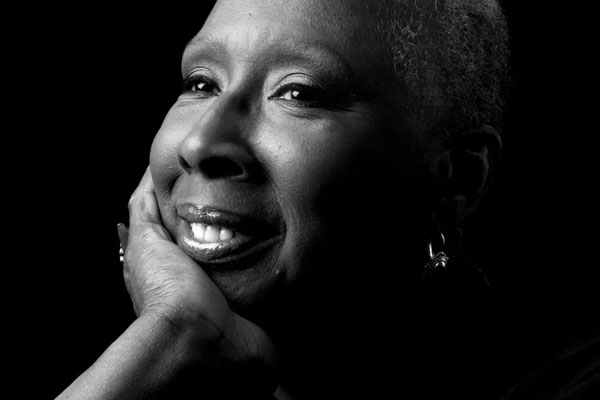WE NEED NEW GODDESSES –
Nov. 9, 2024 – “Jamison doesn’t show you steps, she uses them to show you a woman dancing,” Ms. Jowitt wrote. “This ability to maintain a human dimension and to project superhuman power and radiance is perhaps one of her most impressive skills.” “Jamison doesn’t show you steps, she uses them to show you a woman dancing,” Ms. Jowitt wrote. “This ability to maintain a human dimension and to project superhuman power and radiance is perhaps one of her most impressive skills.”
“The prototype of countless carven and sculptured goddesses” was how Olga Maynard described her in a 1972 cover article for Dance magazine. (Ms. Maynard later wrote the 1982 biography “Judith Jamison: Aspects of a Dancer.”)
Clive Barnes of The New York Times wrote of Ms. Jamison, “She looks like an African goddess,” moving “in a manner almost more elemental than human.”
Mr. Barnes was reviewing the premiere of “Cry,” a 16-minute solo that Alvin Ailey choreographed for Ms. Jamison in 1972. She had joined the Ailey company in 1965 and had already distinguished herself in Mr. Ailey’s signature work, “Revelations,” by playing a woman in a baptism scene who holds a white umbrella high with one hand and undulates the opposite arm to mimic a rippling river. But it was “Cry,” an immediate hit, that made her a star.
At first wielding a long white scarf, Ms. Jamison suggested a series of female roles, from mother to servant to queen, and danced through pain into ecstatic freedom.



